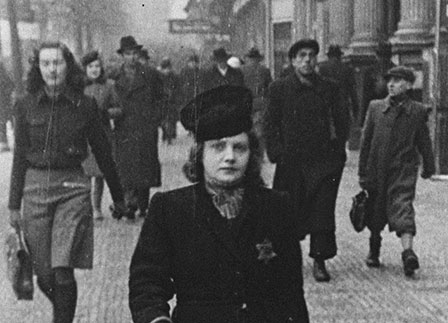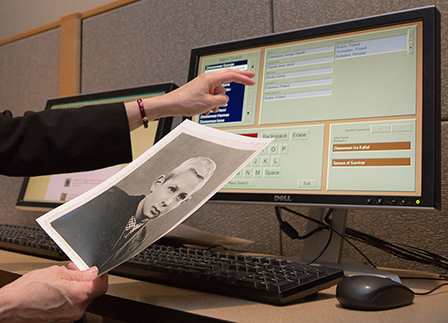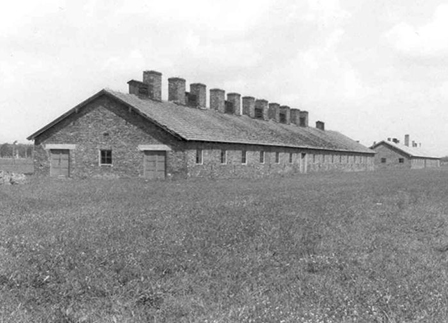- Biography
- Shmuel Elhanan was born Shmuel Rabinovitch in Kaunas in 1930. He was the youngest of three children born to Shulamit Rosenblum (b. 1901 in Minsk) and Dr. Yitzchak Elhanan Rabinovitch (b. 1900 in Kaunas). Dr. Rabinovitch was named after his grandfather, the renown Talmudist and Chief Rabbi of Lithuania, Rabbi Yitzchak Elhanan Spektor. Dr. Rabinovitch left Kovno for Berlin in the 1920s to study chemistry at the University of Berlin. There, he met Shulamit Rosenblum (b. 1901) who had fled from Minsk in 1917 and was studying the Montessori educational method. They married in 1924 and had two sons, Amos (b. 1925) and Binyamin (b. 1926). The family returned to Kovno in 1927, where the father went to work in his family's hardware business. Their youngest son Shmuel was born in Kovno in 1930. The Rabinovitch' were avid Zionists and sent their boys to the Schwabe Hebrew Gymnasium. In April 1940 the two older boys immigrated to Palestine legally under the Berlin quota. The rest of the family stayed in Kovno and were later confined to the ghetto. While in the ghetto, Dr. Rabinovitch served as the deputy head of the German labor office under Lieutenant Gustav Hermann, who was known for his human decency. Hermann left his deputy in charge of the day to day operations of the office, which allowed Rabinovitch to use his position to help relieve the sufferings of other Jews. At times, Hermann would convey German plans about the ghetto to Rabinovitch, who would forward the information to the Jewish Council. Shmuel, who was too young to work in the regular labor force, worked as an eilbote or messenger for the Jewish Council. Yitzchak, Shulamit and Shmuel Rabinovitch survived the war and were reunited on July 8, 1945 at the Pontebana transit camp, near Tarvisio, Italy. There, they met Amos, who was a soldier in the Jewish Brigade. The family immigrated to Palestine four months later. The middle son, Binyamin, was later killed in action in Israel's War of Independence, on July 18, 1948.



